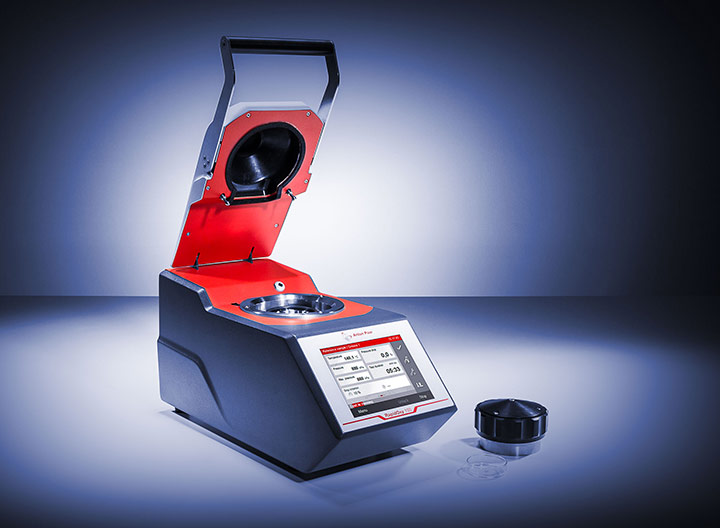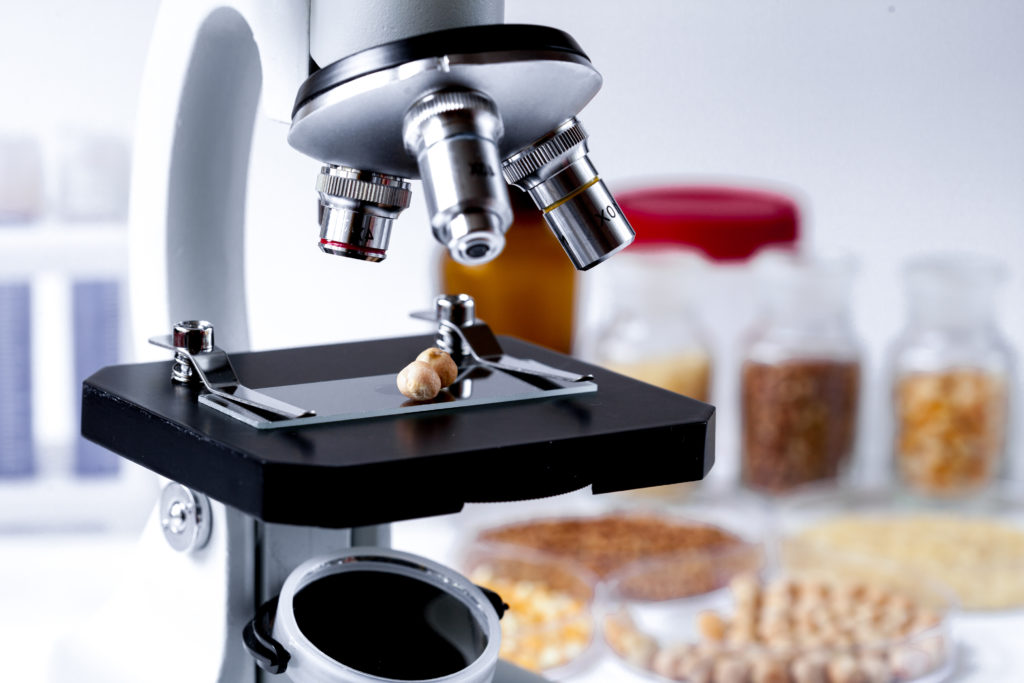One of the biggest trends driving change in the food industry is a growing demand from consumers and regulators alike for trust and transparency in the food supply chain. Manufacturers need to be able to provide total accountability on how food is manufactured and what ingredients are used in the process.
This puts more pressure than ever before on the industry to be compliant and ensure quality consistency is met for the mainstream consumer. To find out what the industry is doing to meet these new demands, Xtalks attended this year’s 10th annual Food Regulatory and Quality Assurance Summit.
Shelf Stability
According to Evaldo Carmo, the technical sales representative at Anton Paar, “Not only are companies interested in controlling the quality of their products, but they are also interested in making sure they are able to show that to the public and also to the regulatory agencies.”
Anton Paar is an Austrian research company with subsidiaries around the world. They make lab equipment to help food manufacturers solve quality control issues by analyzing the density, viscosity, rheology and oxidization of their food products.
Carmo gave Xtalks an example of how they solve some of the industry’s fundamental issues when it comes to quality and consistency.
“One of the common issues we have in the food industry is shelf-life stability,” says Carmo. “You as a manufacturer want to make sure your product is going to be safe and long-lasting on the shelf.”
In the food industry, oxygen is one of the biggest contributors to food spoilage because the process of oxidation allows for microorganism growth, creating an environment for bacteria, yeast, and fungi to grow.
“This is one of the things Anton Paar helps our customers with. We have a technology that helps them measure oxidation and stability, so they can understand how much oxygen their food is going to take in over a period of time,” said Carmo.
The Oxidation Stability Tester: RapidOxy 100 can measure oxidation levels in a variety of food items including liquid-based vegetable oils, semi-solid foods such as margarine or butter and even solid items, like biscuits that often stay on the shelves for some time.

This tester also helps manufacturers measure how vulnerable their product is to oxygen, so if it doesn’t have strong resistance, its ingredients can be reformulated to withstand a longer shelf life.
“So if you can measure how much oxygen you are picking up, you can possibly change your formulation to avoid that,” said Carmo.
Carmo also claims Anton Paar’s lab equipment allows manufacturers to track and record every step of their quality control process so they can prove to auditors during inspections they’ve remained compliant each step along the way.
“Companies like ours help our customers not only control what they do, but also keep records and track every single step of their quality control process. Every step is going to be logged, so you can have an audit trail to prove to agencies later,” said Carmo.
Counterfeit Products
Xtalks also spoke with Ashton Potter, another technology leader in the food manufacturing sector. Counterfeit products are a growing problem in the food industry but Ashton Potter’s new ProLinc technology, a SaaS-based solution that serializes, tracks, and authenticates each individual ingredient throughout the supply chain, is working to turn that trend around.
Jim Huysentruyt the VP of sales and integration services tells Xtalks how ProLinc helps to ensure a safer supply chain.
“First and foremost, we get data collection at the lot code level for every ingredient that goes into a product, so when it comes in the door we know exactly where it comes from. We know the vendor and we know the lot code from the vendor. We put a code on it if there isn’t a code on it already, and it allows them to basically track every single ingredient that goes into what they are making,” he says.
Huysentruyt claims the product gives suppliers instantaneous access to information. With one scan of the lot code, the supplier will be able to identify anywhere the product has been in the supply chain.
“So the idea is that we can collect that data and aggregate that data, so you can get your forensic insight to control a recall, control your process, or meet your compliance,” says Huysentruyt.
Health and Safety Compliance
A third company that’s providing innovative technology that’s changing the future of food supply is RiskCheck, an environmental health and safety consulting firm. RiskCheck works with manufacturing and property management vendors to help them identify their environmental health and safety concerns through a cloud-based technology platform to make it easier to keep track of compliance issues.
Manasi Koushik, the VP of systems operation and compliance says, “So all of those noncompliances that are identified get put onto our interactive online system and there our clients can actually manage their risks from an overall bird’s-eye view perspective.”
Koushik says food manufacturers can face a variety of compliance issues in all of their plants when it comes to health and safety.
“With the food industry, some of the risks we’ve been able to identify and assist clients in mitigating are related to waste management. The other area is water management, including effluent discharges from cleaning operations and sanitation operations and chemical management as well,” she says.
Koushik says their interactive online system can be attached to a laptop or used via a mobile app making it easy to take pictures of potential hazards.
“If you’re walking through a facility, and you see something that might be a compliance issue or risk, you can take a photo and then you can upload it onto the system and issue corrective actions to quickly mitigate your risks in that area,” Koushik said.
Whether it concerns security, compliance or safety, the exciting new technology trends featured at the conference this year are all about providing transparency in food production.












Join or login to leave a comment
JOIN LOGIN